Home>Gardening & Outdoor>Plant Care & Gardening Tips>How Long Does It Take To Grow Mums
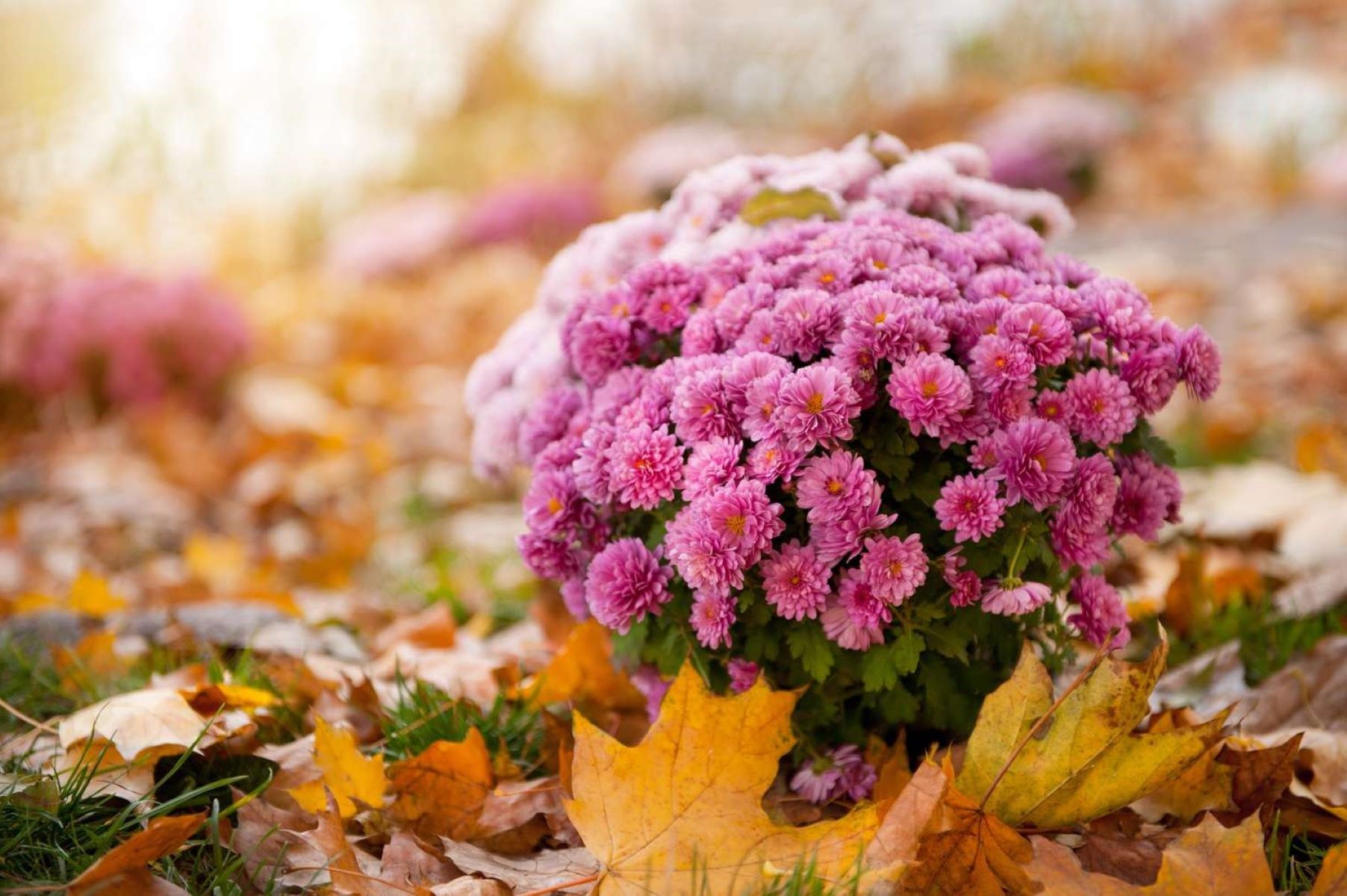

Plant Care & Gardening Tips
How Long Does It Take To Grow Mums
Modified: April 22, 2024
Learn how to grow mums with expert plant care and gardening tips. Discover the ideal timeline for nurturing beautiful, vibrant mums in your garden.
(Many of the links in this article redirect to a specific reviewed product. Your purchase of these products through affiliate links helps to generate commission for Storables.com, at no extra cost. Learn more)
Introduction
Mums, also known as chrysanthemums, are beloved for their vibrant blooms and remarkable resilience. These stunning flowers come in a variety of colors, shapes, and sizes, making them a popular choice for gardens, floral arrangements, and seasonal decorations. Whether you're a seasoned gardener or a novice plant enthusiast, understanding the intricacies of mum growth is essential for cultivating healthy and thriving plants.
In this comprehensive guide, we will delve into the fascinating world of mum cultivation, exploring the factors that influence their growth, the methods for growing mums from seeds and cuttings, and the best practices for caring for these exquisite flowers. By the end of this article, you will have gained valuable insights into the art of nurturing mums, empowering you to cultivate a stunning display of these blossoms in your own garden.
Let's embark on a journey through the enchanting realm of mum cultivation, where we will unravel the mysteries of their growth and discover the secrets to fostering their beauty and vitality. Whether you're seeking to adorn your outdoor space with a kaleidoscope of hues or simply yearning to experience the joy of nurturing these resilient flowers, this guide will equip you with the knowledge and expertise to embark on a rewarding mum-growing adventure.
Key Takeaways:
- Growing mums from seeds or cuttings is a fascinating journey that allows you to witness the transformation from tiny beginnings to vibrant, blooming plants, offering a deeper appreciation of nature’s beauty.
- Caring for mums involves mindful practices like watering at the base, maintaining well-draining soil, and regular pruning to ensure their health and prolific blooming, creating a beautiful and resilient garden display.
Factors Affecting Mum Growth
The growth of mums, like that of any plant, is influenced by a myriad of factors that collectively determine their overall health and vitality. Understanding these factors is crucial for creating an optimal environment that fosters robust mum growth and abundant blooms. Let's explore the key elements that impact the development of these captivating flowers:
-
Sunlight: Adequate sunlight is essential for the healthy growth of mums. These plants thrive in full sunlight, requiring at least six hours of direct sun exposure daily. Insufficient sunlight can lead to leggy growth and diminished flower production.
-
Soil Quality: The quality of the soil plays a pivotal role in mum growth. Well-draining soil with a slightly acidic pH level is ideal for these flowers. Amending the soil with organic matter, such as compost or peat moss, can enhance its fertility and texture, providing an optimal foundation for mum growth.
-
Watering: Proper watering is critical for the well-being of mums. Overwatering can lead to root rot, while underwatering can result in stunted growth and wilted foliage. Striking a balance by ensuring adequate moisture without waterlogging the soil is essential for promoting healthy mum development.
-
Temperature: Mums thrive in moderate temperatures, preferring cool nights and mild daytime temperatures. Extreme heat can cause stress to the plants, affecting their growth and flowering patterns. Additionally, frost can be detrimental to mums, so protecting them during cold spells is crucial.
-
Fertilization: Providing the right nutrients is vital for supporting robust mum growth. Applying a balanced fertilizer formulated for flowering plants during the growing season can bolster the plants' overall health and encourage prolific blooming.
-
Pruning: Regular pruning and pinching play a significant role in shaping mum growth. Pinching back the stems in the early stages of growth promotes bushier, more compact plants and stimulates the development of additional flower buds.
By carefully considering and addressing these factors, gardeners can create an environment that nurtures the optimal growth of mums, resulting in lush foliage and an abundance of vibrant blooms. Understanding the intricate interplay of these elements empowers enthusiasts to cultivate thriving mums that serve as a testament to the beauty and resilience of these beloved flowers.
Growing Mums from Seeds
Growing mums from seeds is a rewarding and fulfilling process that allows gardeners to witness the remarkable journey from tiny seeds to vibrant, blooming plants. This method offers a sense of accomplishment and a deeper connection to the plants, making it an appealing option for those who appreciate the intricacies of plant propagation.
To begin the process of growing mums from seeds, it is essential to select high-quality seeds from reputable sources. These seeds can be sown indoors in early spring, providing ample time for the seedlings to establish themselves before being transplanted outdoors. The following steps outline the process of growing mums from seeds:
-
Seed Starting: Start by filling seedling trays or small pots with a well-draining seed-starting mix. Moisten the soil to create a conducive environment for seed germination.
-
Sowing Seeds: Gently press the mum seeds into the soil, ensuring they are in close contact with the moistened medium. Lightly cover the seeds with a thin layer of the seed-starting mix.
-
Warmth and Moisture: Place the seed trays in a warm, well-lit area, and maintain consistent moisture levels by misting the soil or using a gentle watering method. Covering the trays with plastic wrap or a humidity dome can help retain moisture and create a conducive microclimate for seed germination.
-
Germination: With the right conditions, mum seeds typically germinate within 7 to 14 days. Once the seedlings emerge, provide adequate light to support their growth and prevent legginess.
-
Transplanting: As the seedlings develop their first set of true leaves, they can be carefully transplanted into individual pots to allow for continued growth and development.
-
Outdoor Transition: When the threat of frost has passed, and the seedlings have matured, they can be gradually acclimated to outdoor conditions before being planted in their permanent garden location.
Growing mums from seeds offers a sense of anticipation and wonder as the tiny seeds transform into robust seedlings, eventually blossoming into stunning plants. This method allows for a deeper appreciation of the growth process and the opportunity to witness the unique characteristics of each plant as it matures. With patience, care, and attention to detail, gardeners can experience the joy of nurturing mums from seeds, creating a beautiful tapestry of colors and textures in their outdoor spaces.
Growing Mums from Cuttings
Growing mums from cuttings is a popular and efficient method for propagating these exquisite flowers, offering a practical way to expand your mum collection or share your favorite varieties with fellow gardening enthusiasts. This propagation technique harnesses the plant's natural ability to develop roots from cut stems, allowing for the creation of genetically identical offspring that retain the desirable traits of the parent plant.
To initiate the process of growing mums from cuttings, it is essential to select healthy, non-flowering stems from the parent plant. These stems, known as cuttings or stem sections, should be approximately 3 to 6 inches in length and possess several sets of leaves. The following steps outline the process of propagating mums from cuttings:
-
Cutting Preparation: Using a sharp, clean pair of garden shears, carefully snip a healthy stem from the parent plant, ensuring that the cutting includes several sets of leaves and is free from any signs of disease or damage. It is advisable to take multiple cuttings to increase the likelihood of successful propagation.
-
Trimming and Rooting Hormone: Trim the cutting just below a node (the point where a leaf attaches to the stem) and remove the lower sets of leaves to expose the nodes. Dip the cut end of the stem in a rooting hormone powder or gel to stimulate root development.
-
Planting the Cuttings: Fill small pots or trays with a well-draining rooting medium, such as a mix of perlite and peat moss. Make small holes in the medium and gently insert the prepared cuttings, ensuring that at least one node is buried in the rooting medium.
-
Moisture and Enclosure: Water the cuttings thoroughly and cover the pots or trays with a clear plastic dome or plastic wrap to create a humid environment that promotes root growth. Place the cuttings in a warm, well-lit area, avoiding direct sunlight to prevent excessive heat buildup.
-
Root Development: Over the following weeks, monitor the cuttings for signs of new growth and root development. It is essential to maintain consistent moisture levels and provide adequate ventilation to prevent fungal issues while the roots establish.
-
Transplanting: Once the cuttings have developed a healthy root system, they can be carefully transplanted into individual pots filled with well-draining potting soil. Gradually acclimate the young plants to outdoor conditions before transplanting them into their permanent garden location.
Growing mums from cuttings offers a gratifying opportunity to propagate beloved varieties and expand your garden with genetically identical plants. This method allows for the preservation and proliferation of exceptional mum cultivars, ensuring that their beauty and unique characteristics endure for generations to come. With patience, attention to detail, and a nurturing touch, gardeners can embark on a rewarding journey of propagating mums from cuttings, celebrating the resilience and splendor of these cherished flowers.
Caring for Mums
Caring for mums is essential for ensuring their longevity, health, and prolific blooming. By implementing thoughtful practices and providing attentive care, gardeners can foster robust growth and vibrant blooms, allowing these captivating flowers to thrive in their outdoor spaces. The following guidelines outline the key aspects of caring for mums:
Read more: How Long Does It Take Seeds To Grow
Watering
Consistent and adequate watering is crucial for the well-being of mums. These plants require moist, but not waterlogged, soil to support healthy growth. It is important to water mums at the base of the plant, directing the water towards the root zone to prevent foliage and flowers from getting wet. This practice helps minimize the risk of fungal diseases and promotes efficient water absorption by the roots.
Soil Maintenance
Maintaining well-draining soil with a slightly acidic pH level is essential for the optimal growth of mums. Regularly inspect the soil to ensure proper drainage and amend it with organic matter, such as compost or peat moss, to enhance its fertility and texture. Mulching the soil surface can help conserve moisture, regulate soil temperature, and suppress weed growth, contributing to the overall health of the plants.
Fertilization
Applying a balanced fertilizer formulated for flowering plants can provide mums with the essential nutrients they need to thrive. It is advisable to fertilize mums in early spring as new growth emerges, and again after the first wave of blooms to support continued flowering. Following the recommended application rates on the fertilizer package and avoiding excessive fertilization is important to prevent potential damage to the plants.
Pruning and Deadheading
Regular pruning and deadheading play a significant role in maintaining the appearance and vitality of mums. Removing spent blooms and withered foliage not only enhances the visual appeal of the plants but also encourages the development of new flower buds. Additionally, pinching back the stems in the early stages of growth promotes bushier, more compact plants, contributing to a fuller and more abundant display of blooms.
Read more: How Long Does It Take For Grass To Grow
Pest and Disease Management
Vigilant monitoring for pests and diseases is crucial for preserving the health of mums. Common pests, such as aphids and spider mites, can be addressed through natural remedies or targeted treatments to prevent infestations. Additionally, practicing good air circulation and avoiding overhead watering can help mitigate the risk of fungal diseases, such as powdery mildew, ensuring the overall well-being of the plants.
By adhering to these care guidelines and tending to the specific needs of mums, gardeners can create an environment that nurtures the optimal growth and blooming of these beloved flowers. With a mindful approach to watering, soil maintenance, fertilization, pruning, and pest management, enthusiasts can cultivate thriving mums that serve as a testament to the beauty and resilience of these cherished plants.
Conclusion
In conclusion, the journey of nurturing mums is a deeply rewarding and enriching experience that offers a profound connection to the natural world. From understanding the intricate factors that influence mum growth to exploring the art of propagation and caring for these resilient flowers, the process of cultivating mums encompasses a tapestry of knowledge, patience, and appreciation for the beauty of nature.
As gardeners embark on the endeavor of growing mums, they are invited to witness the remarkable transformation from tiny seeds or cuttings to flourishing plants adorned with a kaleidoscope of vibrant blooms. The journey of nurturing mums is a testament to the resilience and adaptability of these beloved flowers, showcasing their ability to thrive in diverse environments and bring joy to those who cultivate them.
The art of growing mums from seeds offers a sense of anticipation and wonder as the tiny seeds evolve into robust seedlings, eventually blossoming into stunning plants. This method provides a deeper appreciation of the growth process and the opportunity to witness the unique characteristics of each plant as it matures. Similarly, growing mums from cuttings presents a gratifying opportunity to propagate beloved varieties and expand garden collections with genetically identical plants, ensuring the preservation of exceptional mum cultivars for generations to come.
Caring for mums requires a mindful approach to watering, soil maintenance, fertilization, pruning, and pest management, all of which contribute to the overall health and vitality of these captivating flowers. By tending to the specific needs of mums and creating an environment that nurtures their optimal growth, gardeners can cultivate thriving plants that serve as a testament to the beauty and resilience of these cherished blooms.
As we reflect on the art of nurturing mums, we are reminded of the profound connection between humans and the natural world. The process of cultivating these resilient flowers instills a sense of wonder, patience, and reverence for the cycles of growth and blooming that unfold with each passing season. Whether adorning gardens, brightening floral arrangements, or symbolizing the beauty of autumn, mums hold a cherished place in the hearts of plant enthusiasts and nature lovers alike.
In essence, the journey of nurturing mums transcends the act of gardening; it is a celebration of resilience, beauty, and the enduring bond between humans and the natural world. As we continue to cultivate these beloved flowers, we honor the timeless traditions of horticulture and embrace the enduring splendor of nature's creations.
Frequently Asked Questions about How Long Does It Take To Grow Mums
Was this page helpful?
At Storables.com, we guarantee accurate and reliable information. Our content, validated by Expert Board Contributors, is crafted following stringent Editorial Policies. We're committed to providing you with well-researched, expert-backed insights for all your informational needs.
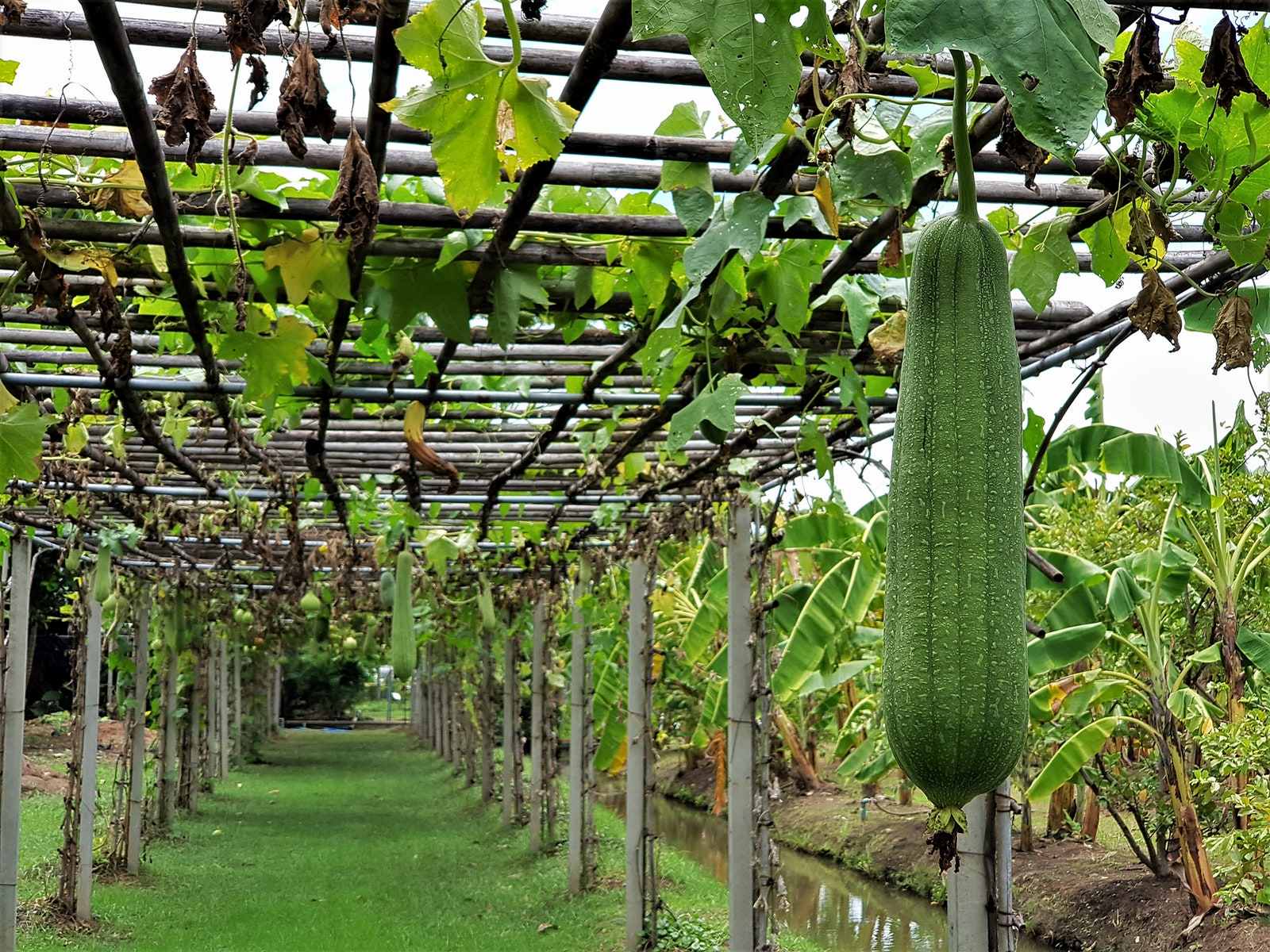
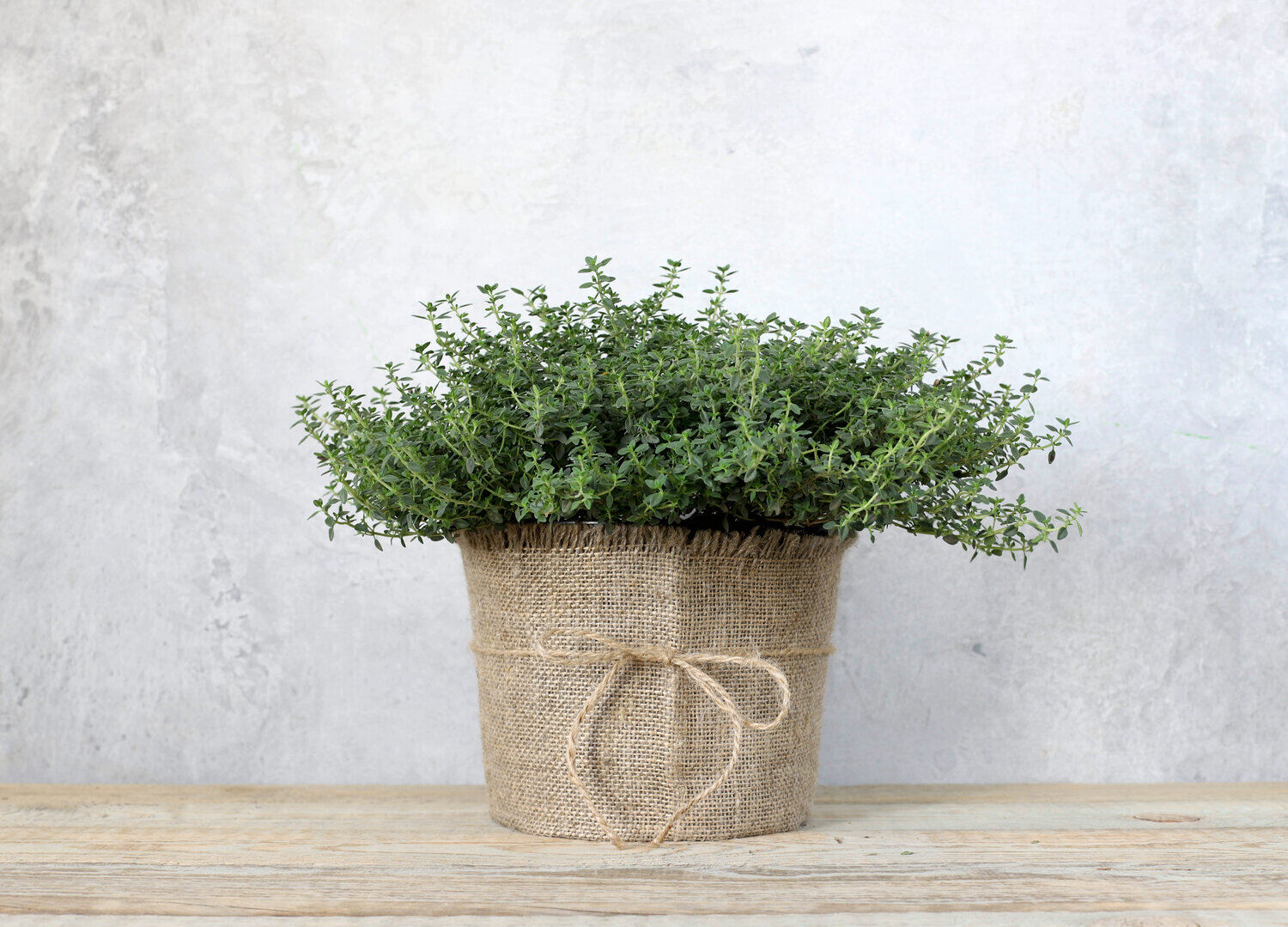
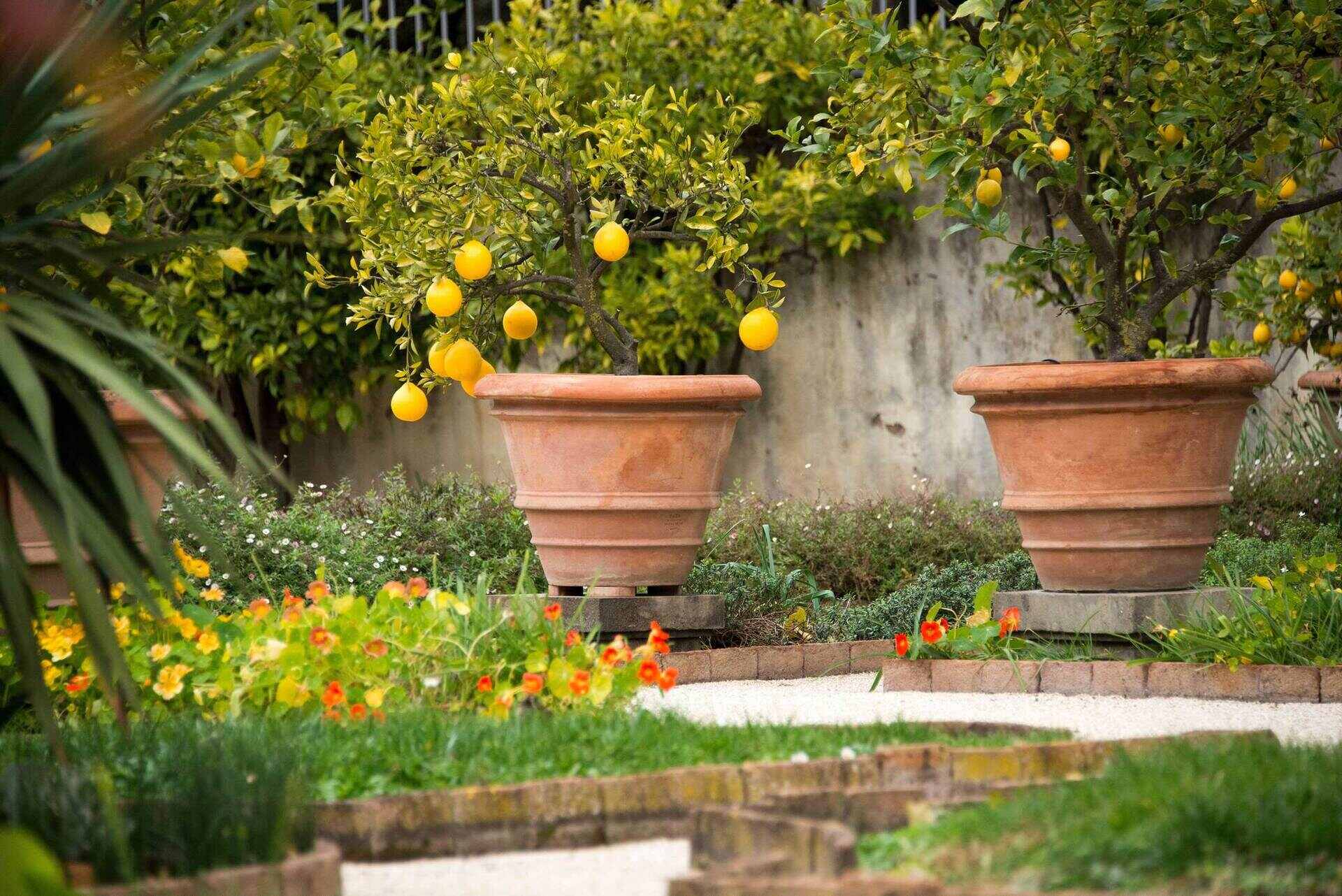
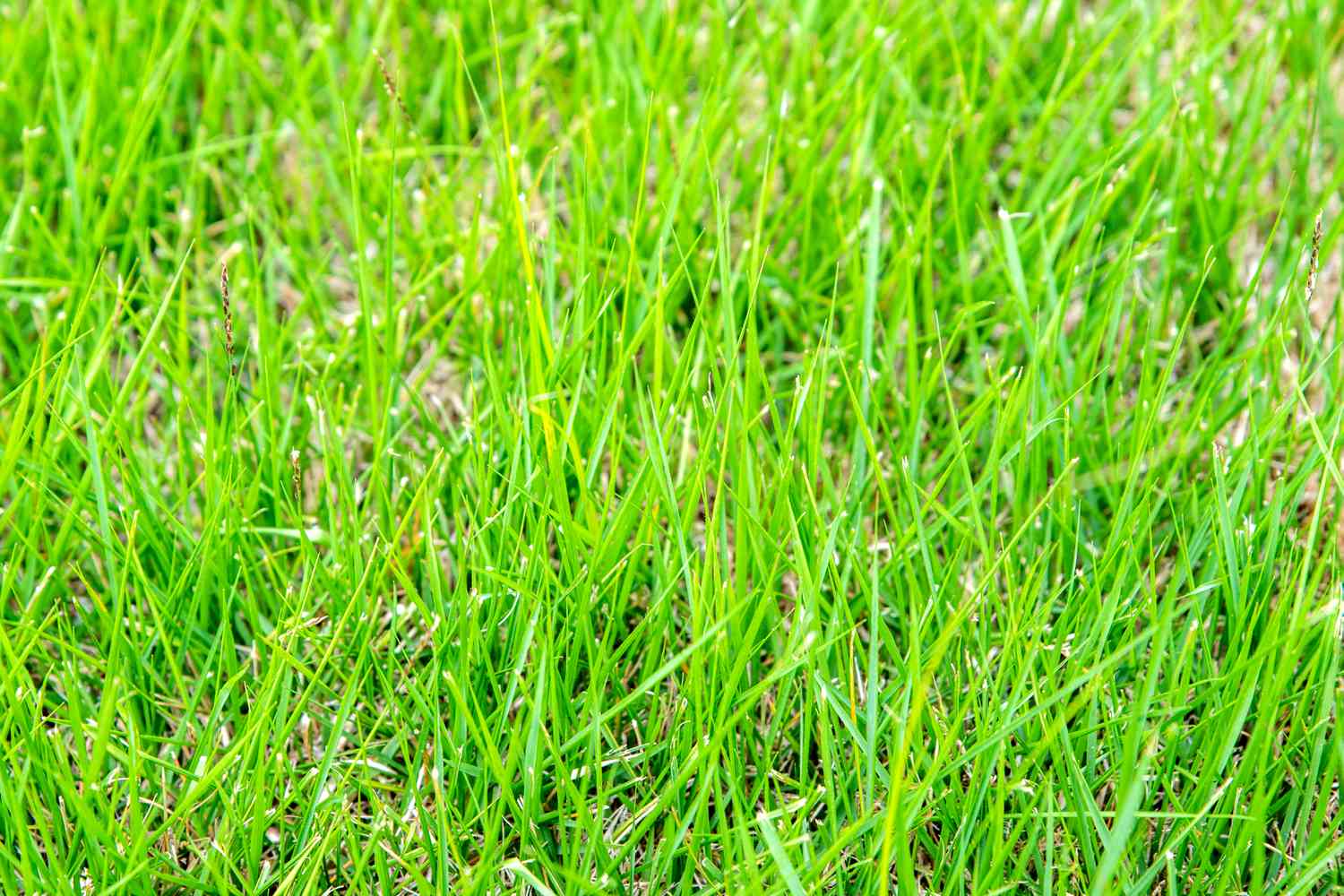

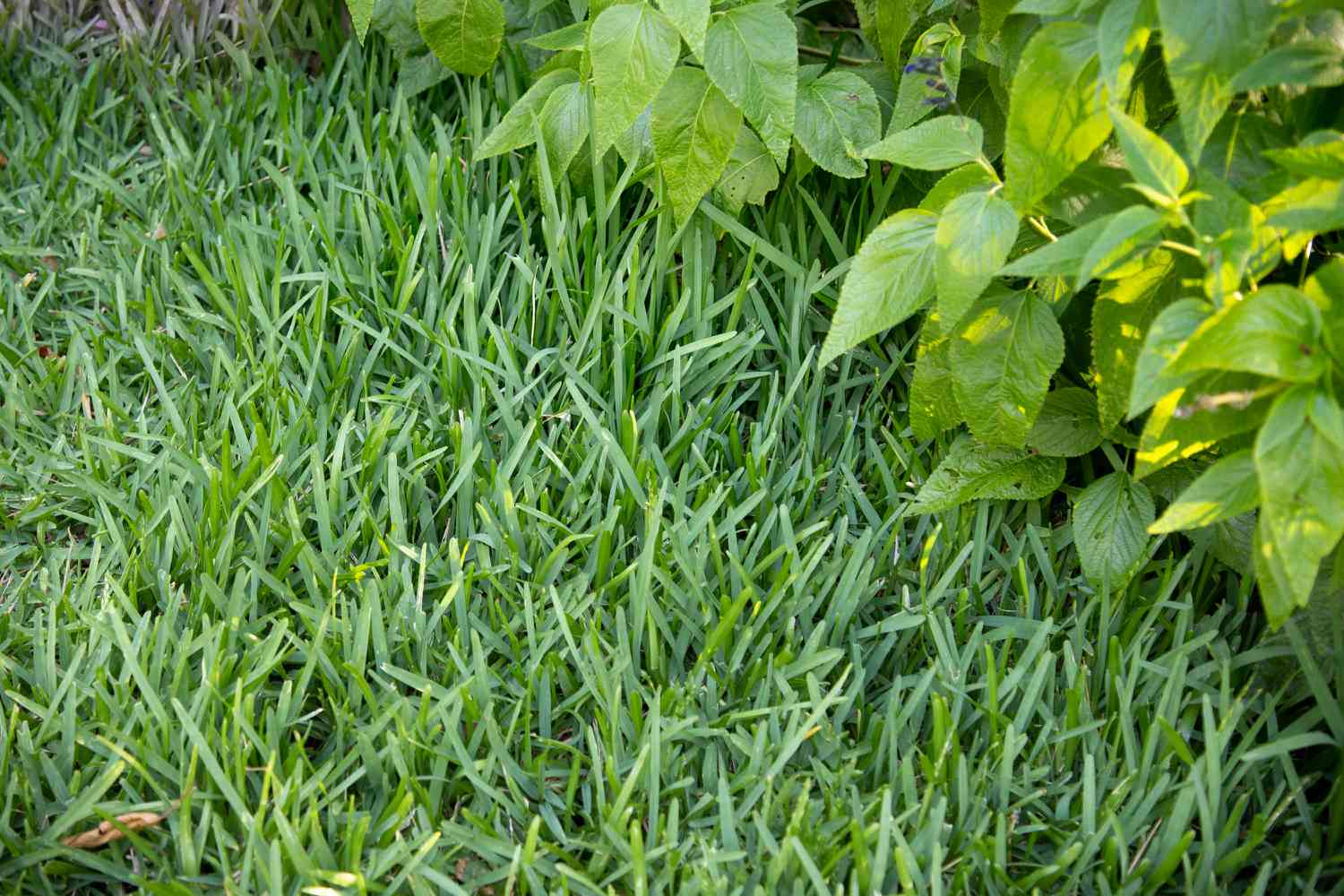
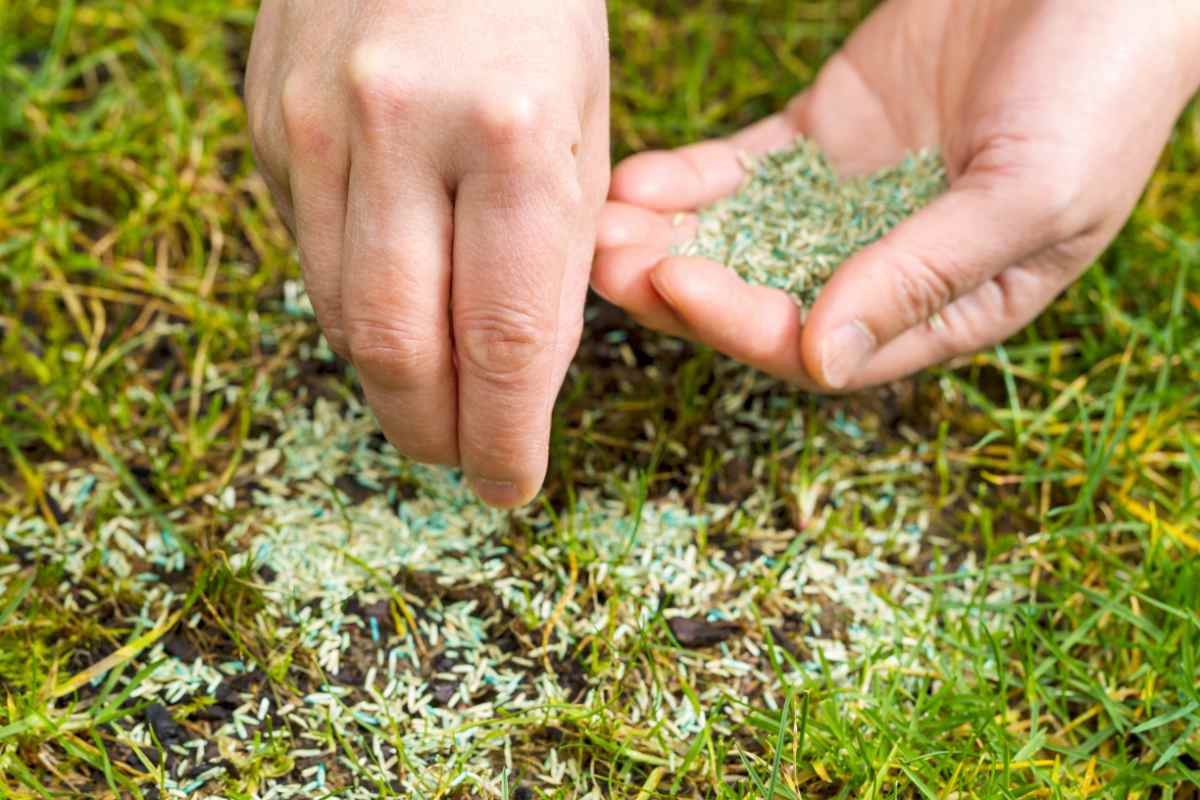
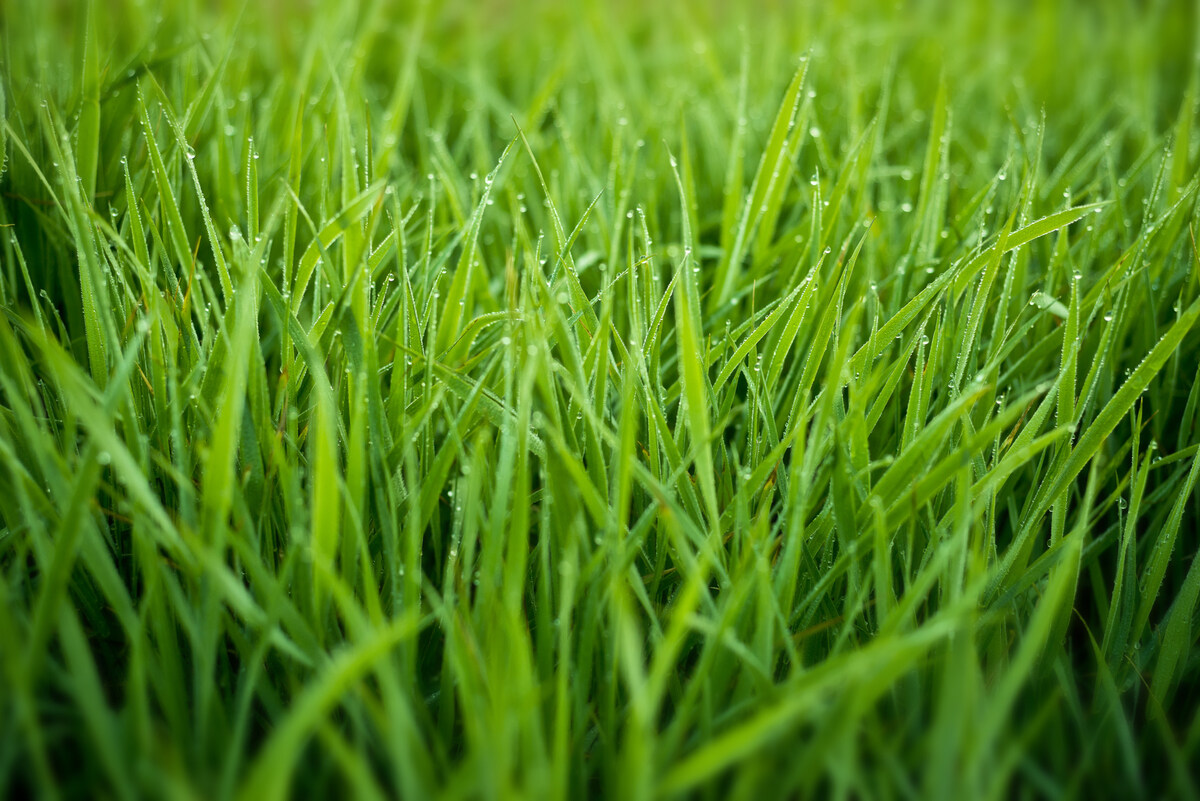
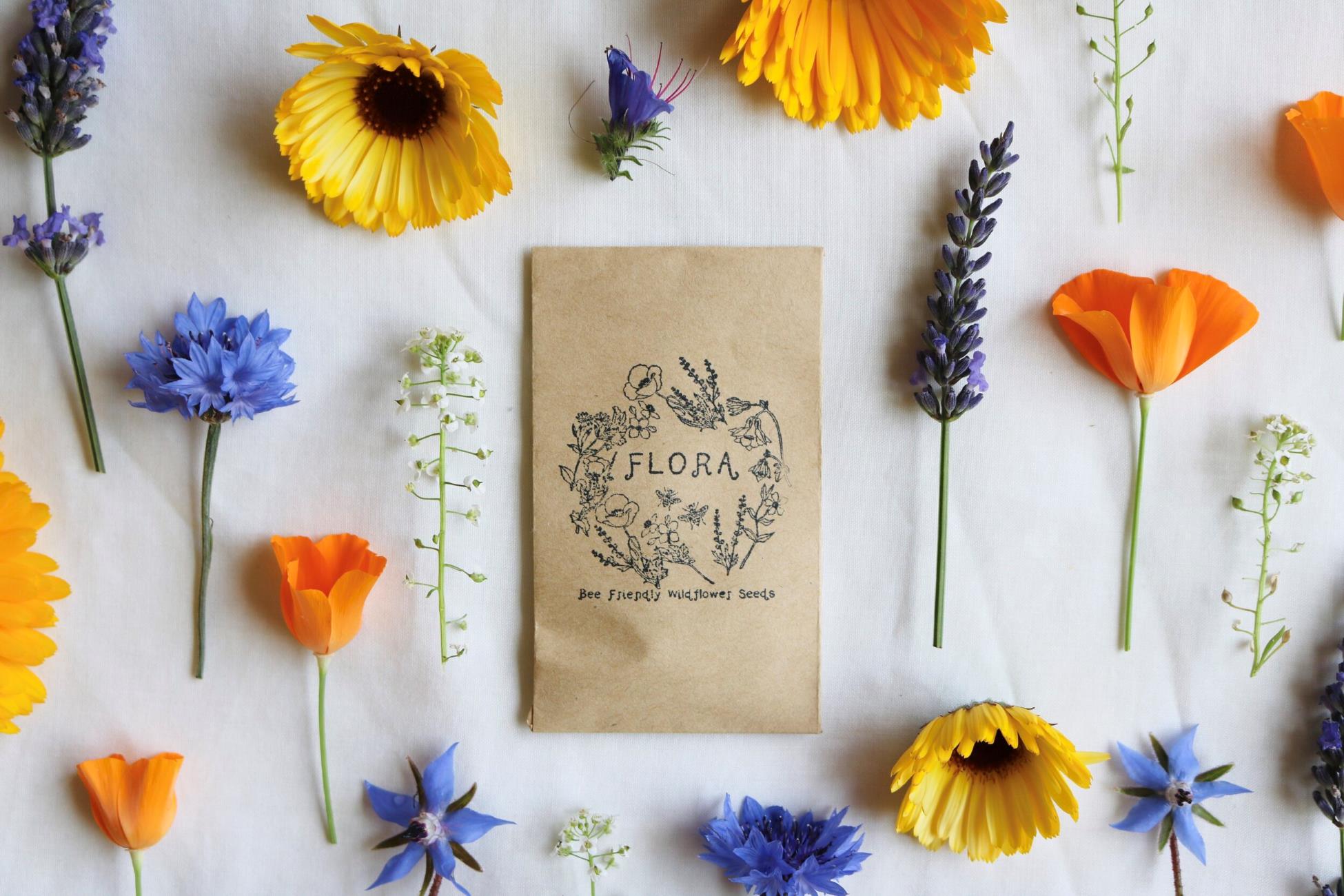
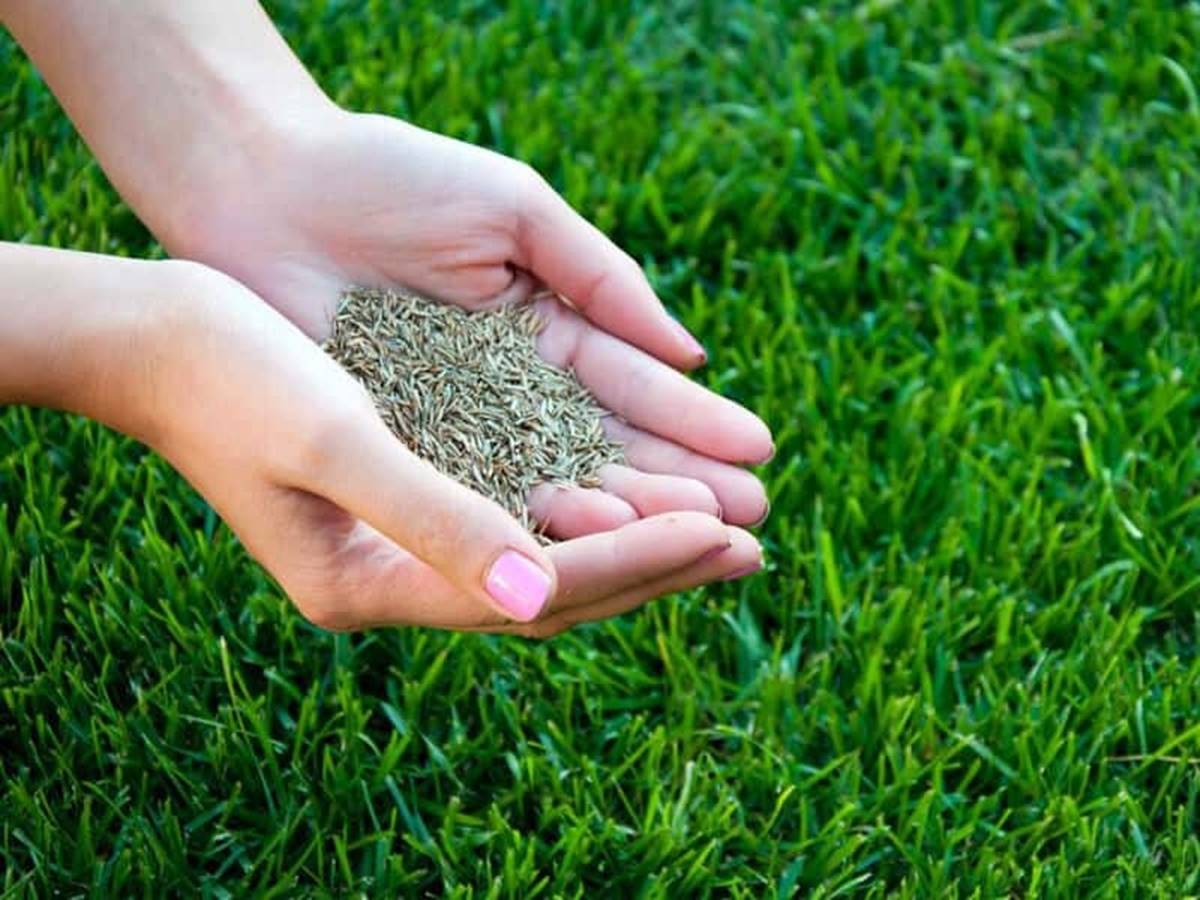
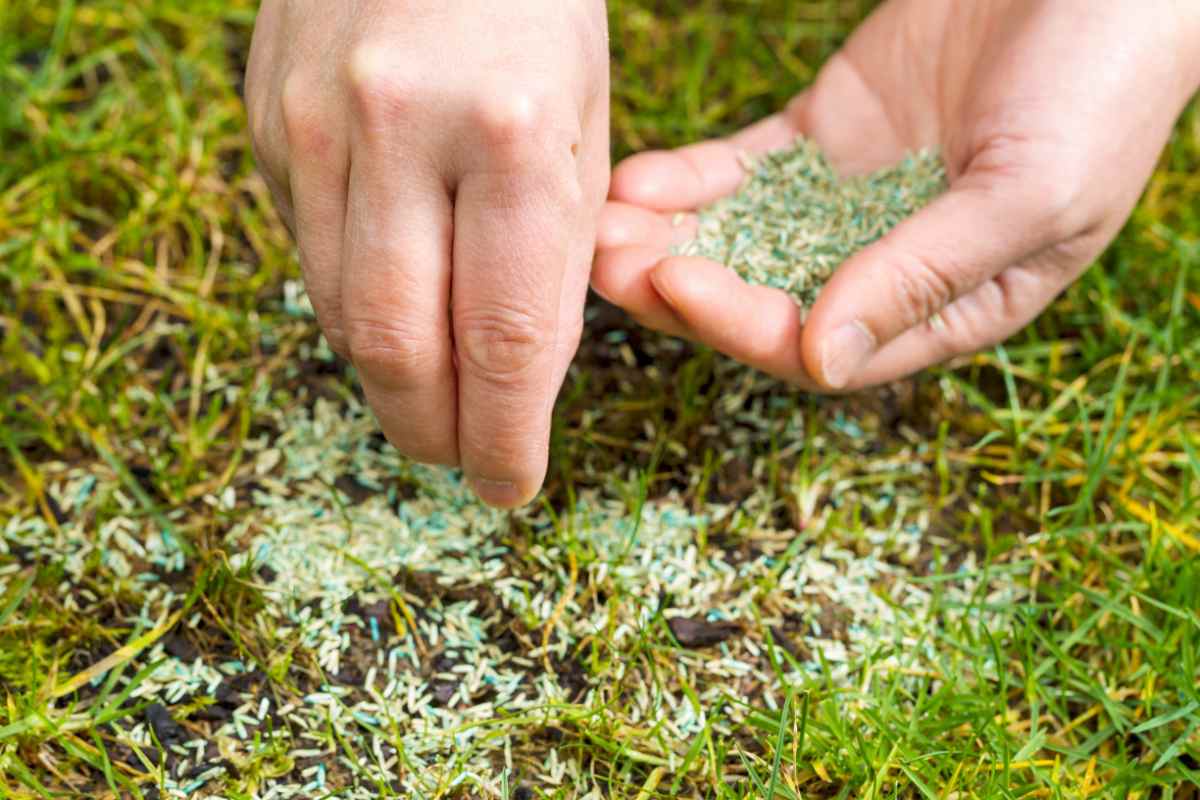
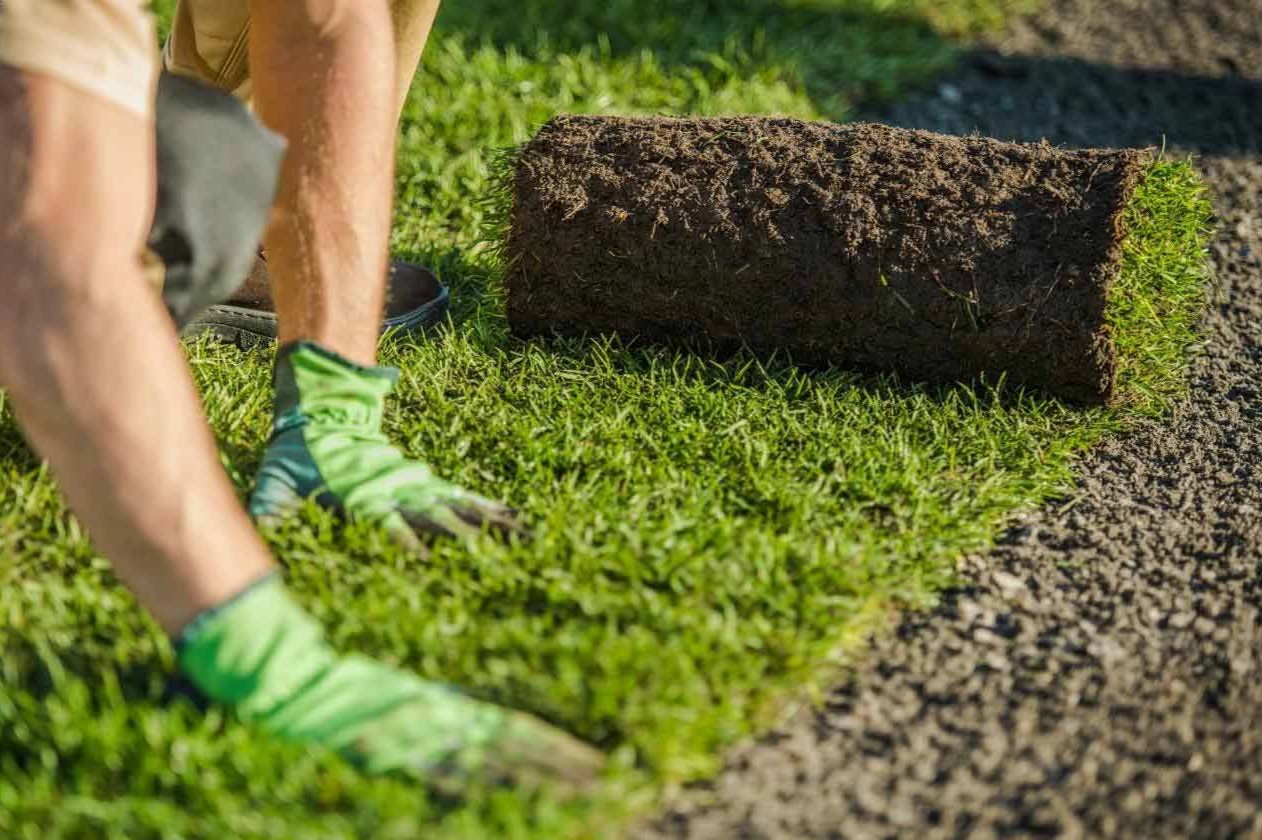
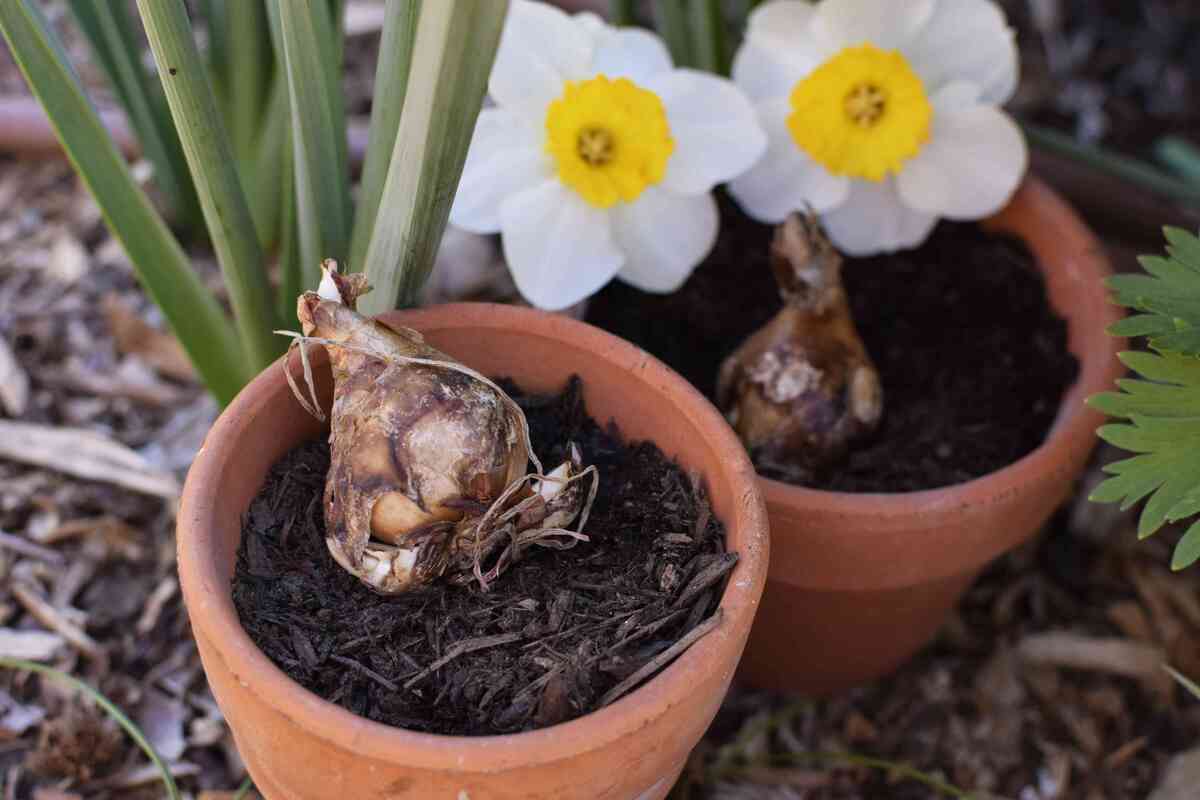

0 thoughts on “How Long Does It Take To Grow Mums”